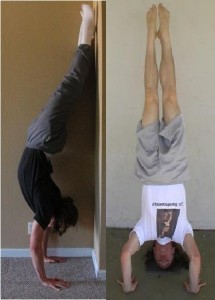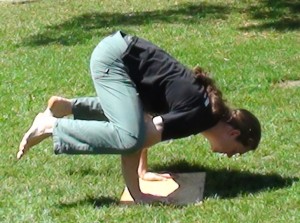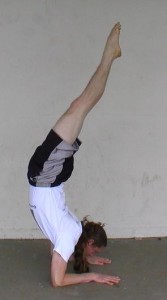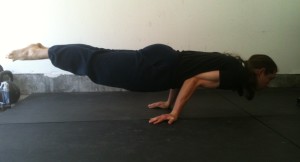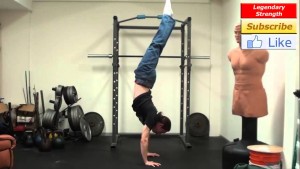2017 day 4. If i had my way I would have given you this advice on day 1 of this year inspiring you and guiding you towards your right track. Unfortunately, things don’t always work out that way. Each day of 2017 has involved an odd occurence. Had my phone pick-pocketed from me on the first day, hurt my back on the second, and we move forward. If I had the capacity to turn back time and redo, I would. Unfortunately that isn’t the case.
Much in the same way with your training. If there was a pill that you could take, that would immediately transform you into a world class hand balancer, would you take it?
YES I would! Unfortunately, there is no such pill.
Becoming a great hand balancer requires work and perserverance. Lots and lots of work. Especially if you “start late.”
The problem is that the more you want it and push for it sometimes the farther away it seems.
The worst part of learning any new stunt is the frustration when you just can’t get it right. So you keep on pushing and only get worse it seems.
When you are going after a handstand, and mind you this applies to any trick, as soon as you fall out of balance you may want to kick right back up again. Trying to force the situation will never help.
Whenever this happen take the time to step back. Take a deep breath and think about how you can do better. Don’t over think the process, but analyze your technique and realize if you are doing things correctly.
Now go at it again with optimism.
If you throw yourself into a hand balance you may feel like you can get more work in a shorter amount of time. Maybe you get one in ten to stick and you feel like you are progressing.
The question to ask yourself is do you want to go about this haphazardly or in the correct manner?
I am hoping you answered with the second option. You need to start slowly in order to make progress in the long run.
Going after the handstand with no prior skills is a hard way to do it. Learning the position and hand control with exercises like the Frog stand and Head Stand will give you two steps in the right direction.
Don’t just go after the One Hand Handstand by getting into a normal handstand and raising one hand off of the floor quickly. Practice handstands with a smaller base of support or with one arm elevated up.
Don’t be too anxious to get to your goal or you are putting obstacles in your own way.
If you needed to cover a distance of 30 feet would you try a broad jump or walk each step at a time?
I am as guilty of this problem as any of you. What we need to do is realize how much assistance exercises and lead-up stunts can help, use them, and in the end we will make progress faster.
By breaking your goal into easier steps along the way you will get there with haste.
Stay Inverted!
-Coach Jon
PS If you need more guidance in 2017 toward your handbalancing goals, try out our Handstand Mastery Program!






